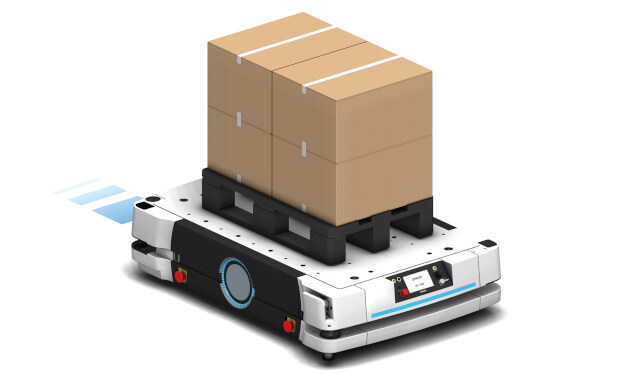How labour shortages are affecting the logistics sector and why automation is the solution
Published on 11 August, 2021 in Flexible Manufacturing

The causes of reduced warehouse worker availability
Although logistics is one of the hardest-hit sectors, labour shortages are affecting a broad range of industries. Research shows the summer of 2021 has the highest vacancy growth in the UK since 1998, with the supply of workers dropping at its fastest rate in four years.The reopening of sectors post-lockdown has caused a spike in labour requirements; compounding this is the lack of overseas workers coming to the UK due to Covid travel restrictions and Brexit.Three major consequences of reduced warehouse worker availability
- A shortage in workers means warehouses have to offer increased wages to entice more people to apply. This is not an isolated increase in cost for logistics employers; it also spreads to consumers and manufacturers/suppliers.
- Less staff at a warehouse puts significant strain on the existing employees. Being asked to work longer hours in an already taxing job often leads to reduced accuracy in tasks or more errors occurring.
- Without finding ways to provide the same services with less staff, warehouses cannot deliver the same results. This means longer delivery times for their clients and a reduction in the overall movement of goods.
The benefits of warehouse automation
- Warehouse management software,
- Scanning inventory with mobile devices,
- Simple access to cloud-based storage,
- Smart shelves and pallets utilising RFID tech,
- IoT sensors,
- Or incorporating robotics,
Autonomous Mobile Robots (AMRs)

AMRs are one of the most exciting areas for growth in warehouse automation. AMRs assess their environment and move inventory through the facility without direct human supervision, replacing manually operated forklifts. As a result, they eliminate labour intensive and repetitive physical tasks, improving warehouse efficiency, and reducing employee workload.
AMRs are a great way of overcoming reduced worker availability and transform how inventory moves within warehouses.
